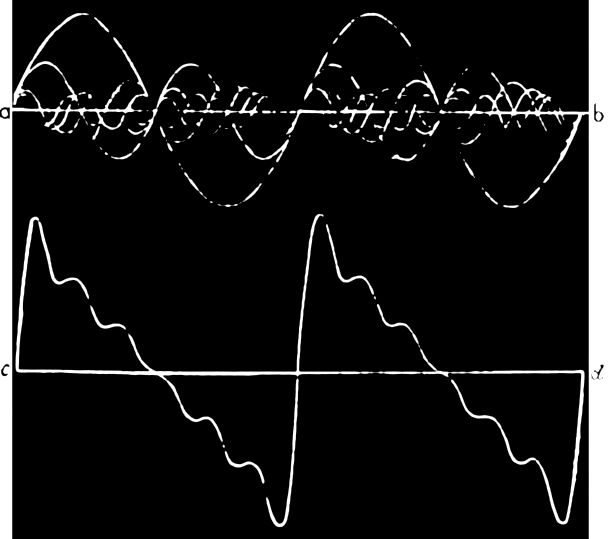Human Language may have been Born from the “Sound” of Ancient Cave Art
A team of researchers from Brazil, Japan and the US may have solved the mystery regarding how the evolution of verbal language as used by humans got its start, using the connection between ancient cave art and the acoustic properties of the caves that they are found in. The authorsread more
